
Los Angeles: You could be forgiven for expecting a whiff of pretension in the presence of a man who was recently called ‘LA’s new hype king’ in a Bloomberg headline. Instead, Jesse Lee exhibits a disarming ease—a welcome reminder that influence doesn’t always come wrapped in affectation.
Over the last 20 years, Lee’s list of accomplishments seems too extensive to number; these range from founding a creative agency and an e-commerce platform to producing highbrow music, fashion, and art events for the likes of SXSW, Art Basel, and New York Fashion Week. But his awareness of design and cultural exchange goes back much further. His father owned a leather goods company, and his mother was an artist; moving back and forth between Korea and America in his formative years taught him the value of absorbing and translating influences into his own unique aesthetic.
He is a deep thinker, but practical, a person whose nonpareil taste for rare and highly collectible fashion, art, and design has been validated by both the market and his peers. Instead of coveting those objects, he’s in the business of sharing them as widely as possible. Following the launch of his much-lauded Basic.Space online marketplace in 2020, Lee acquired Design Miami in 2023, and he was tasked with repackaging the functional art companion to Art Basel for a younger audience, a challenge squarely in Lee’s wheelhouse.
Lee often works out of his home-office studio in a princely neighbourhood in Central Los Angeles with his wife and three young children nearby. He doesn’t stay out all night like he used to, but the quiet life with his family seems to have sharpened his focus. Seated at a white banquette, wearing his trademark ball cap, he extols the virtues of work and living spaces that feel useful and lived-in, never staged. The choice of interiors makes the case for him: antique cedar joists and original stone detailing alongside landmark furniture from 20th-century masters. His wooden worktable is crowded with objects, papers, and books, illuminated by the arm of a powder-blue Virgil Abloh x Vitra lamp.
There’s a boundless curiosity and humility to the way he speaks about both his personal and commercial projects, all circling the same mission: to raise design consciousness among younger generations and build a tent big enough for anyone interested in demystifying the occasionally stuffy and esoteric worlds of art and design. Despite a brimming resume, Lee is still, in spirit, the same college kid who used to host club night parties out of his dorm room.
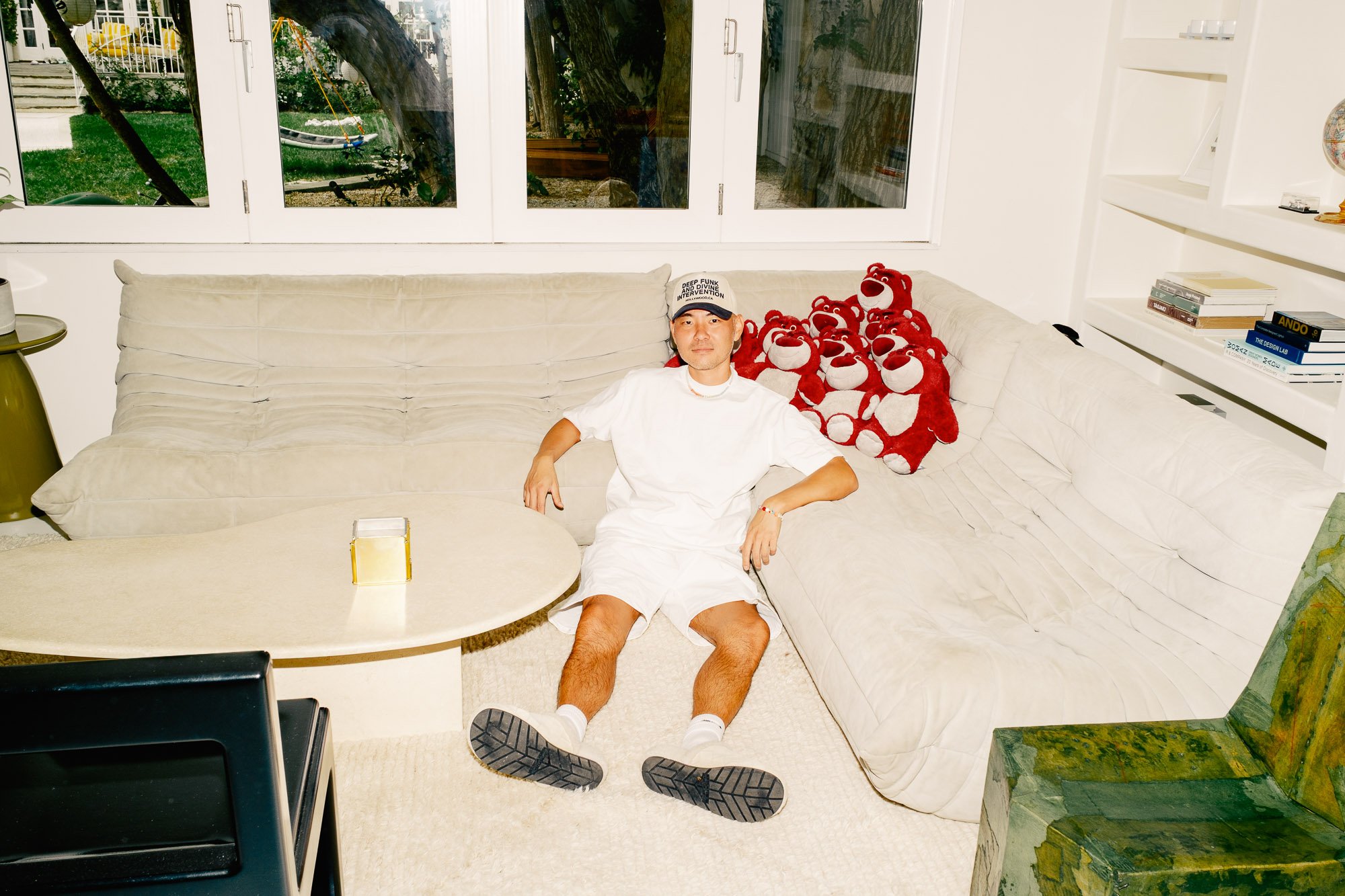

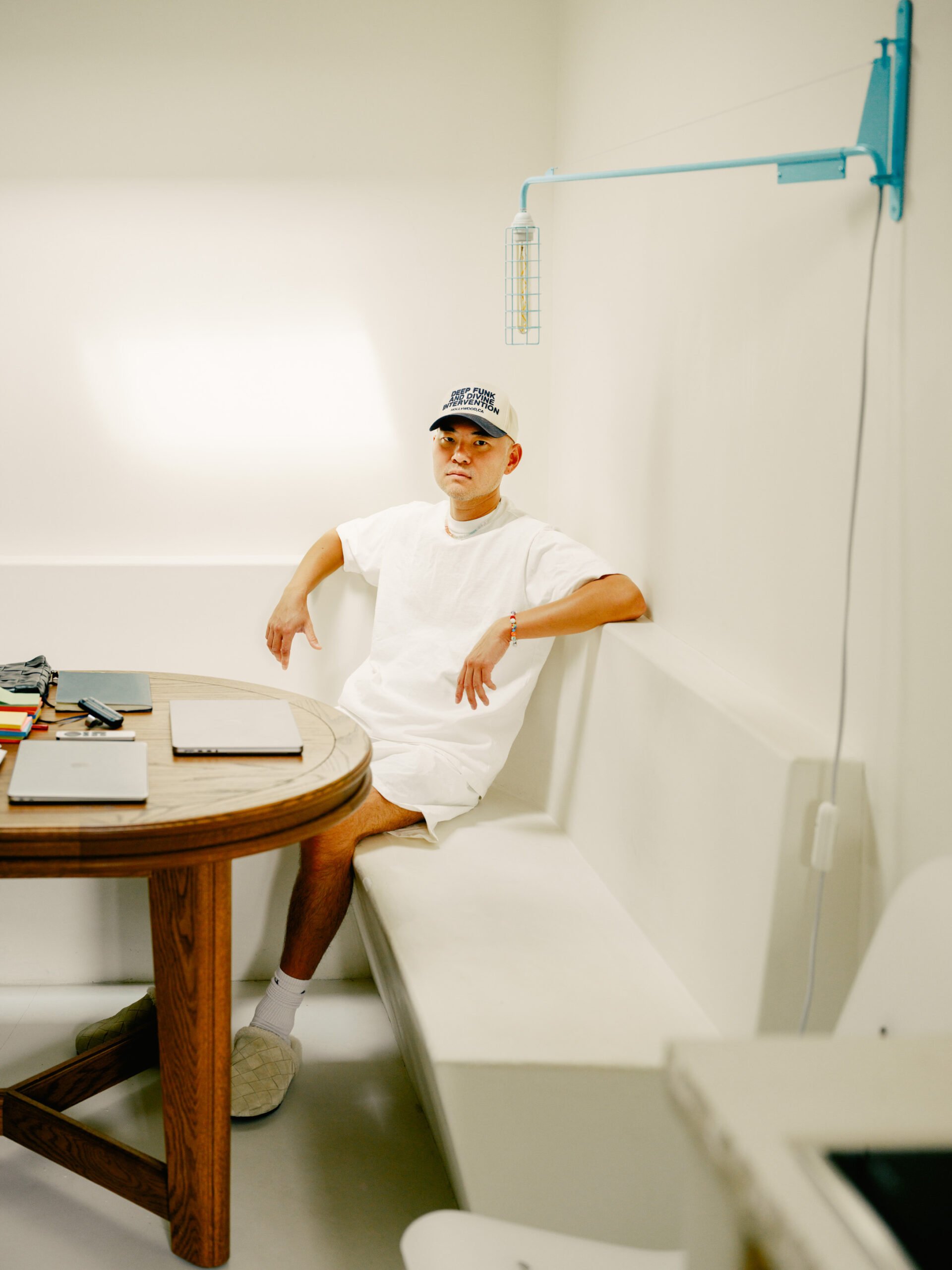

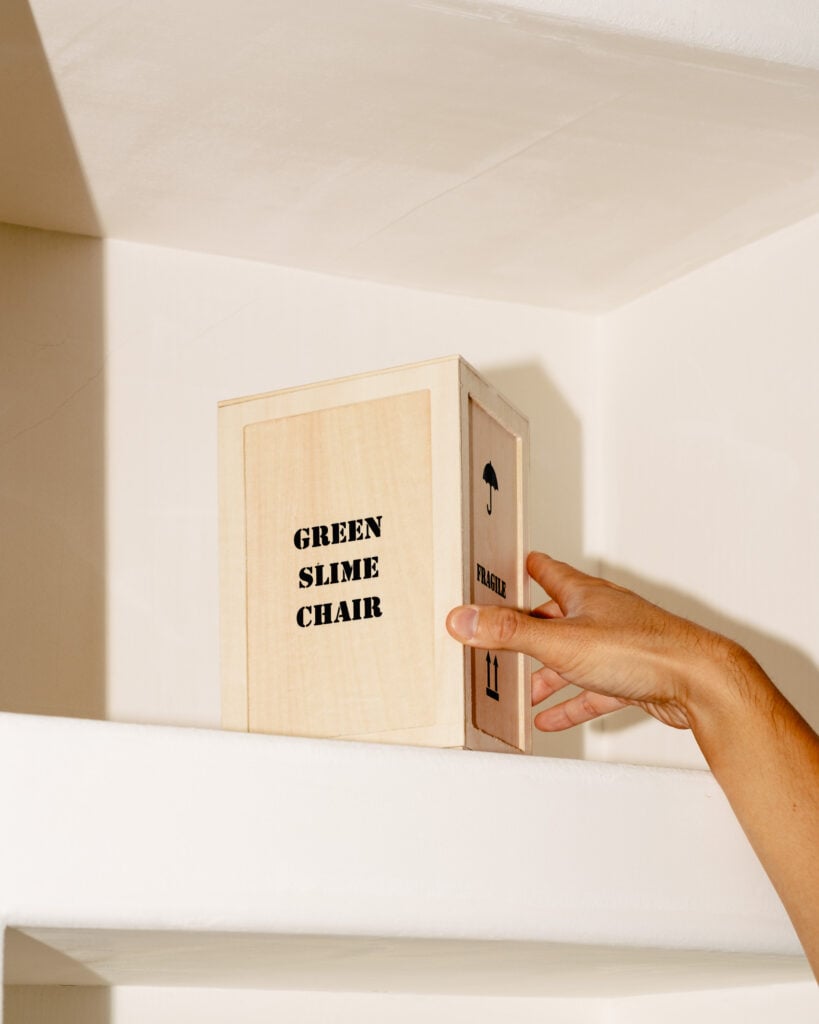
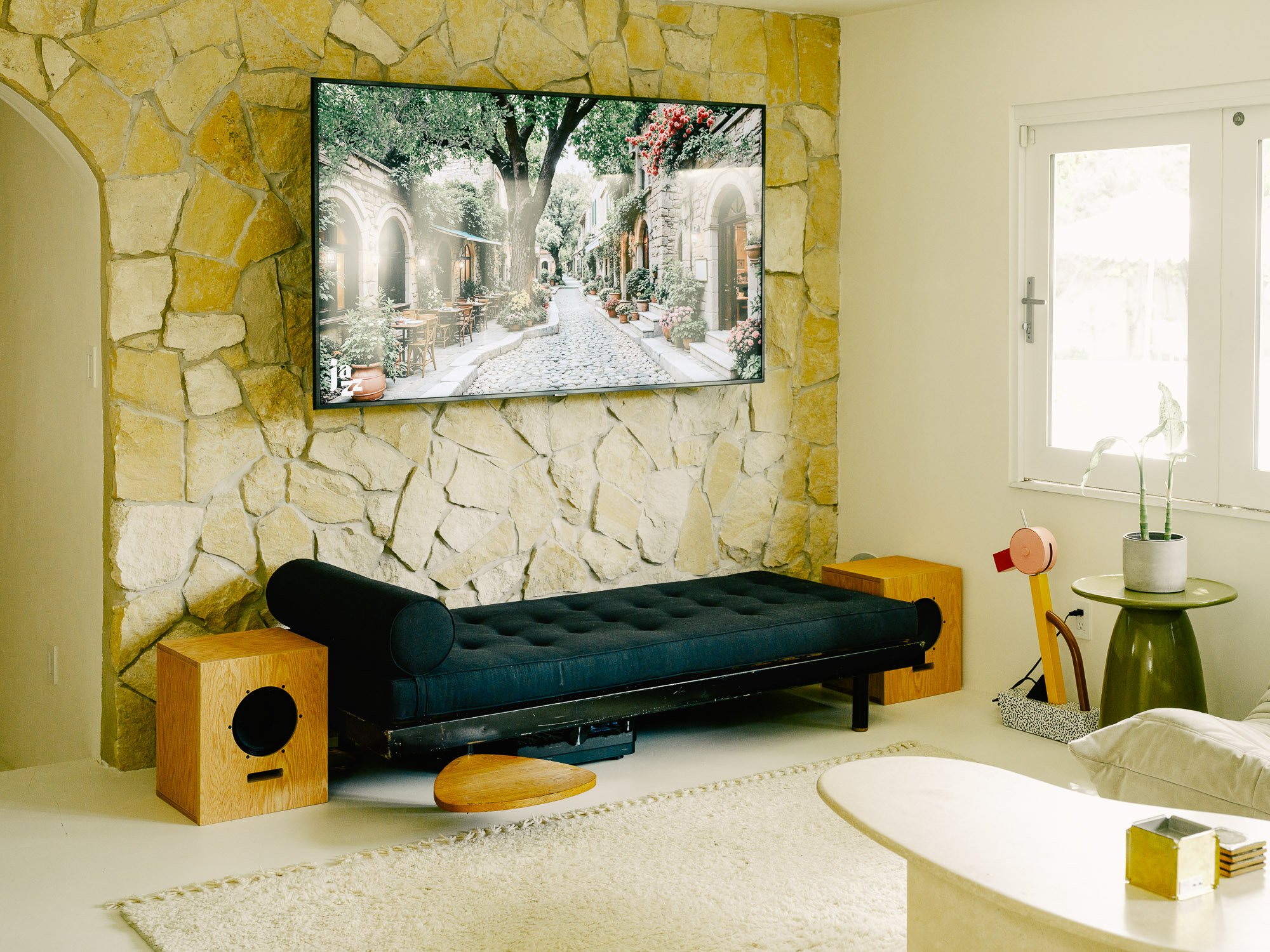

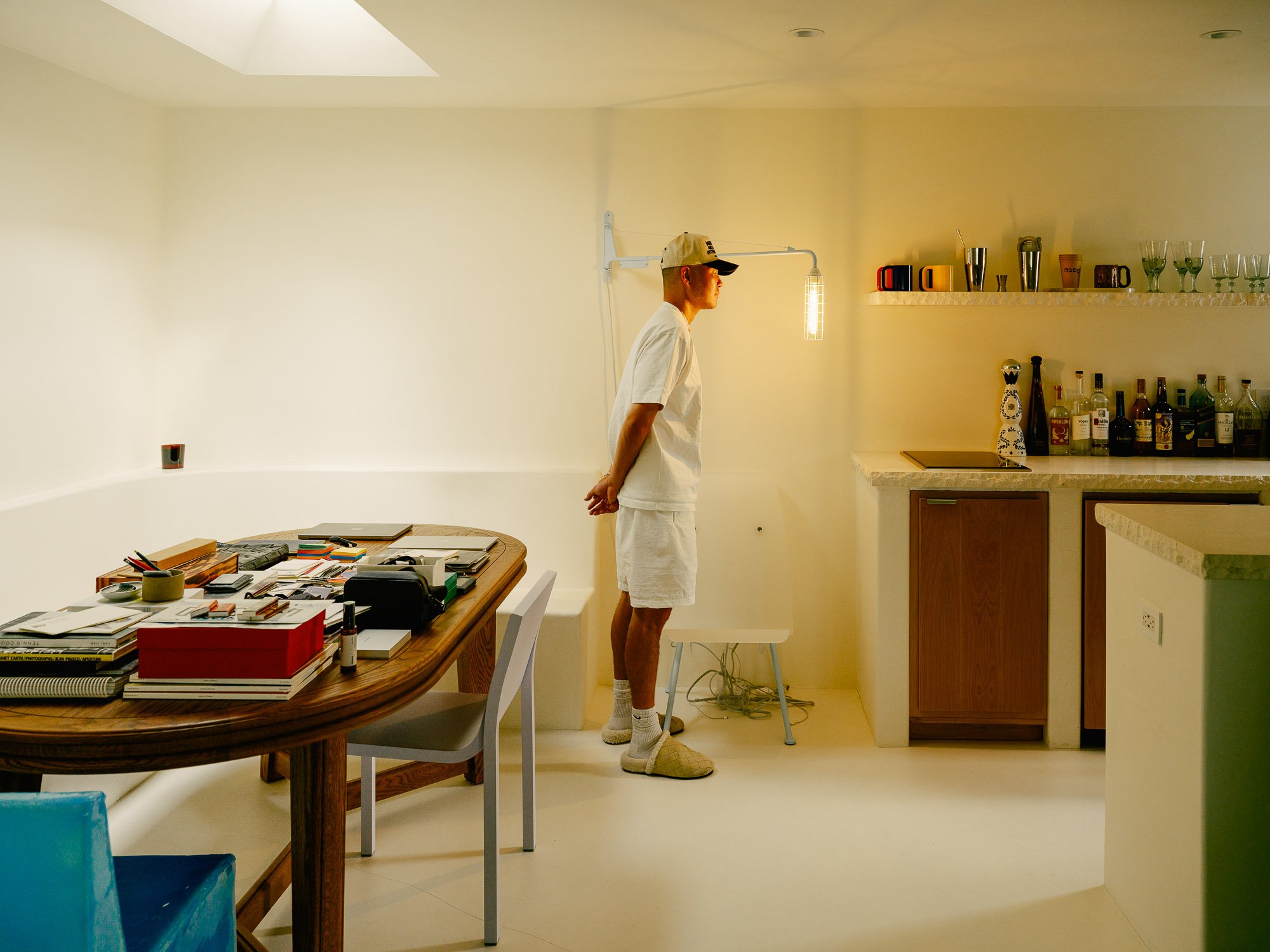
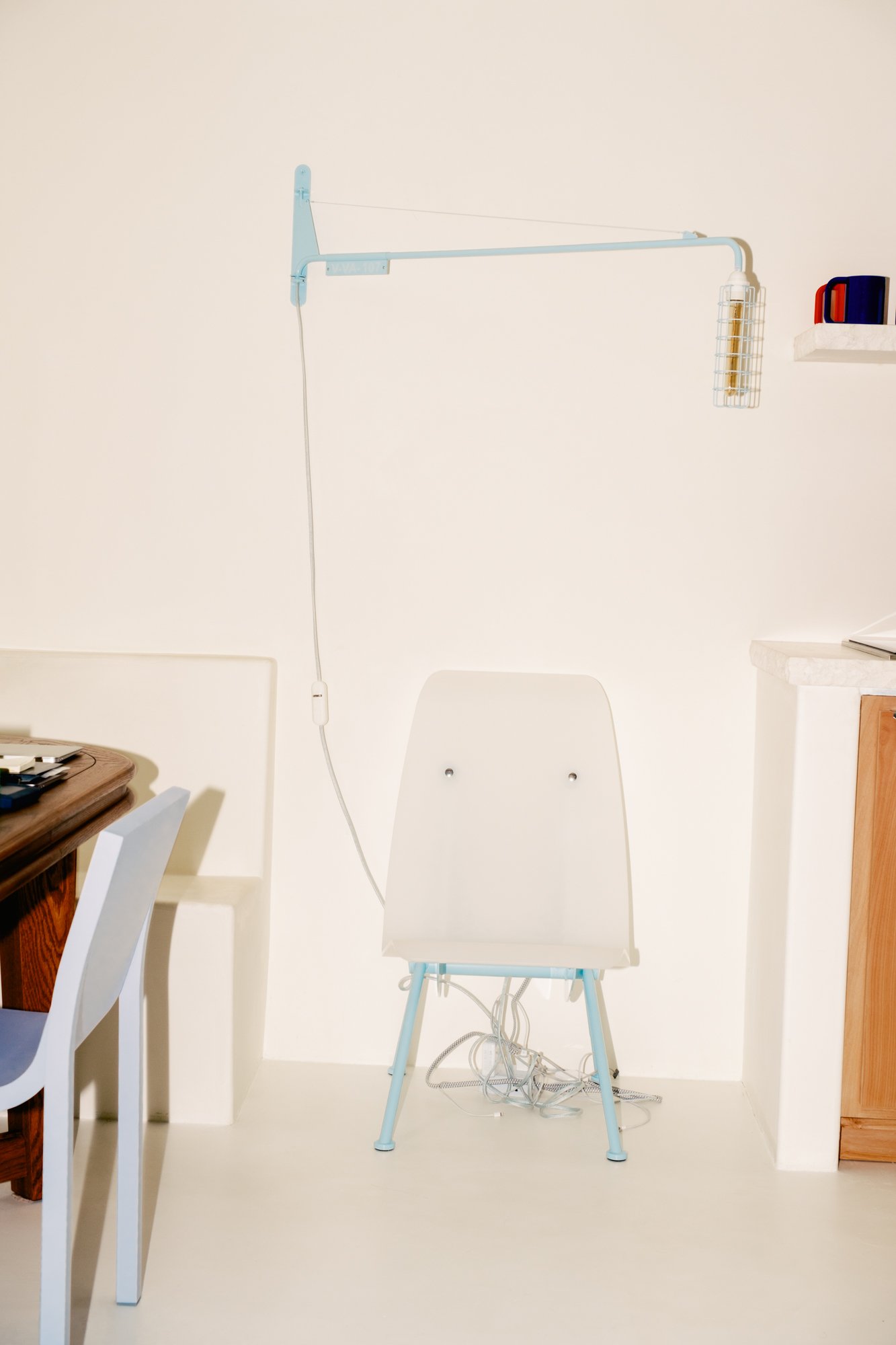
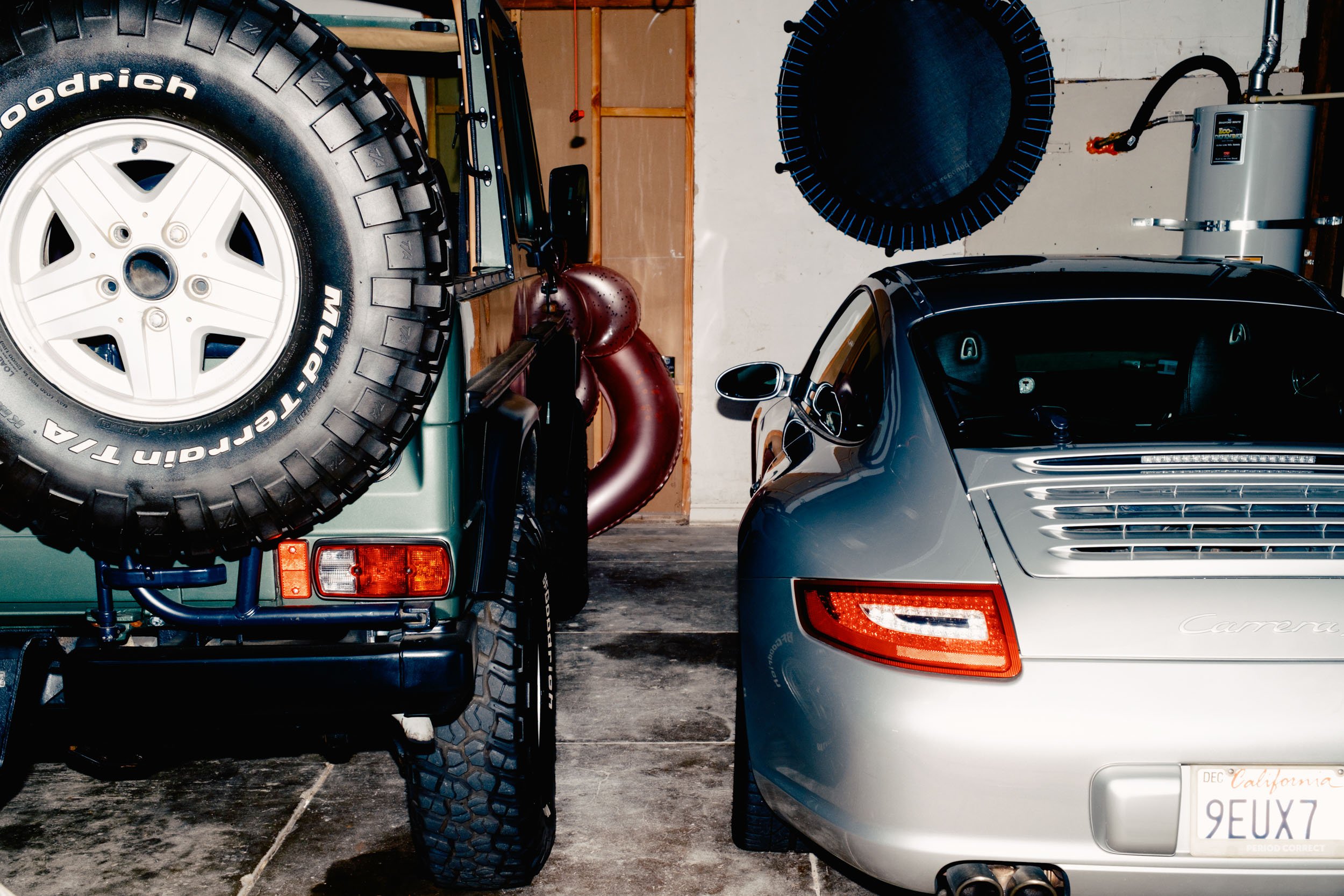



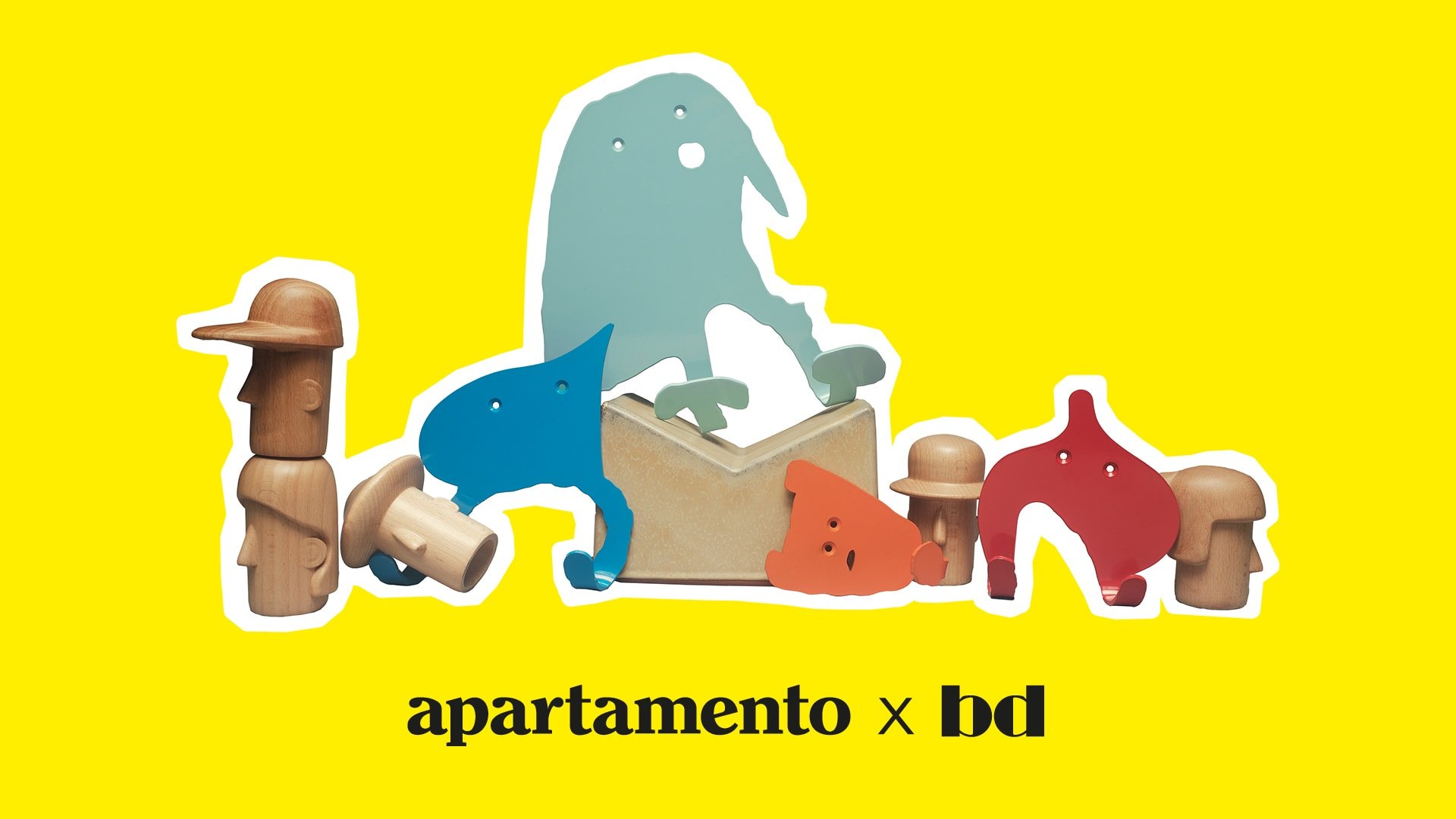
 close
close






